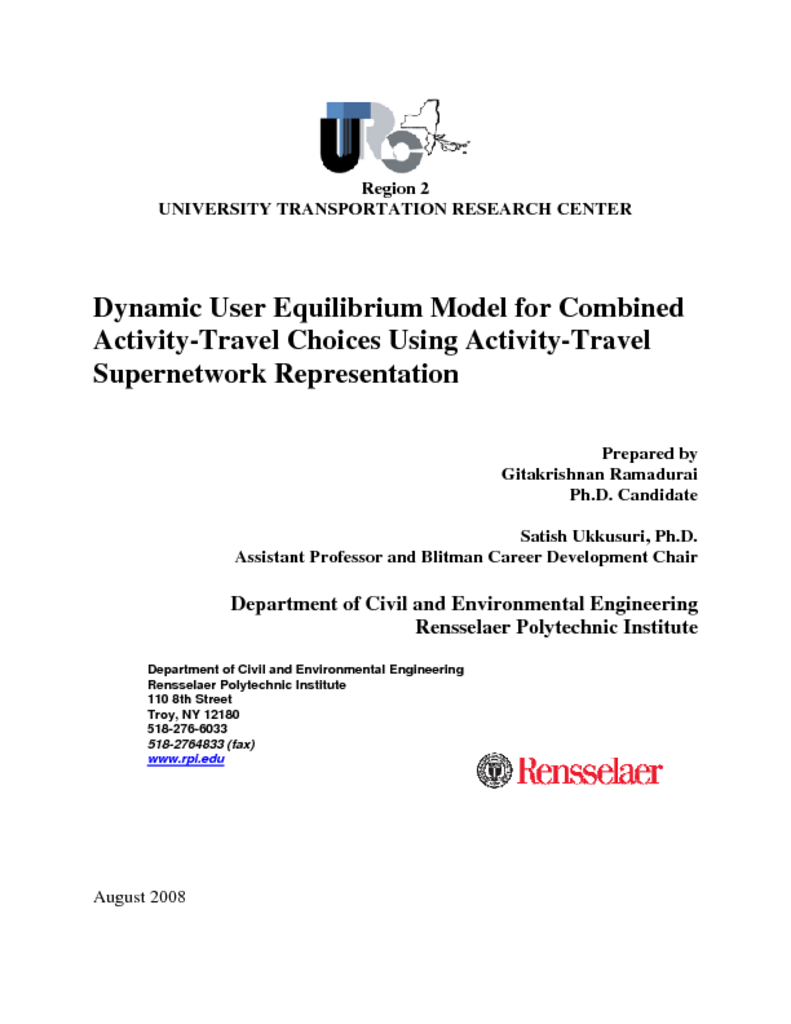Integrated urban transportation models have several benefits over sequential models including consistent solutions, quicker convergence, and more realistic representation of behavior. Static models have been integrated using the concept of Supernetworks. However integrated dynamic transport models are less common. In this paper, activity location, time of participation, duration, and route choice decisions are jointly modeled in a single unified dynamic framework referred to as Activity-Travel Networks (ATNs). ATNs is a type of Supernetwork where virtual links representing activity choices are added to augment the travel network to represent additional choice dimensions. Each route in the augmented network represents a set of travel and activity arcs. Therefore, choosing a route is analogous to choosing an activity location, duration, time of participation, and travel route. A cell-based transmission model (CTM) is embedded to capture the traffic flow dynamics. The dynamic user equilibrium (DUE) behavior requires that all used routes (activity-travel sequences) provide equal and greater utility compared to unused routes. An equivalent variational inequality problem is obtained. A solution method based on routeswapping algorithm is tested on a hypothetical network under different demand levels and parameter assumptions.




